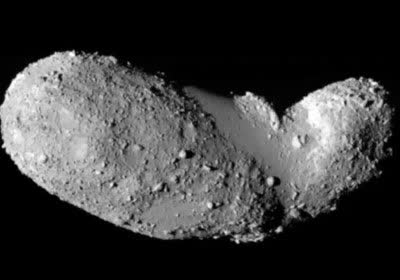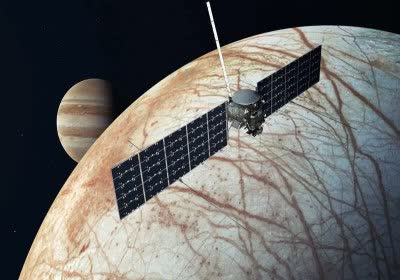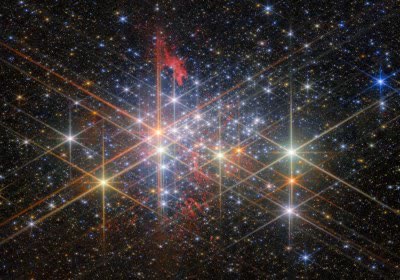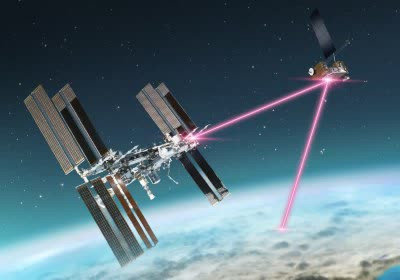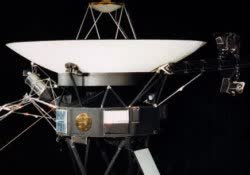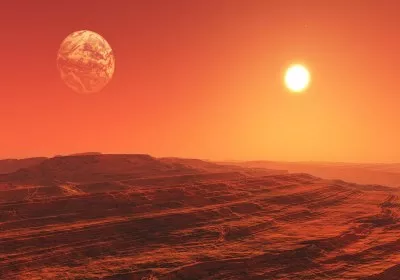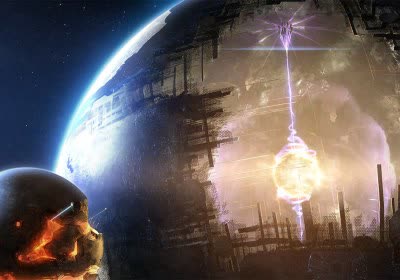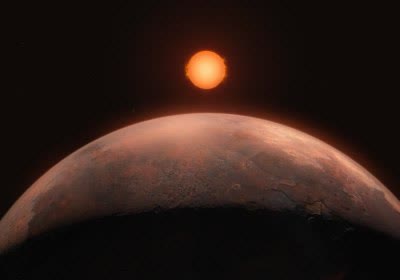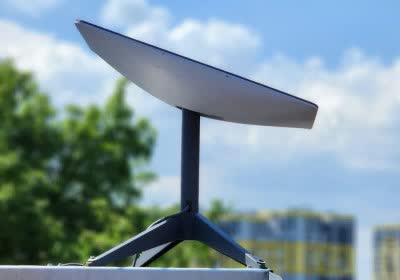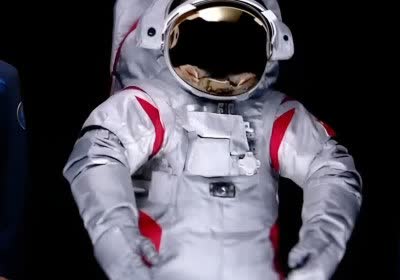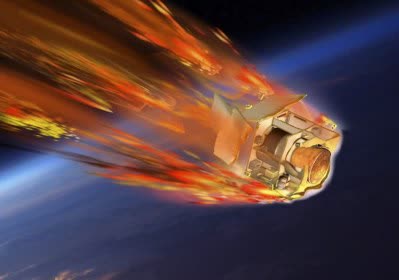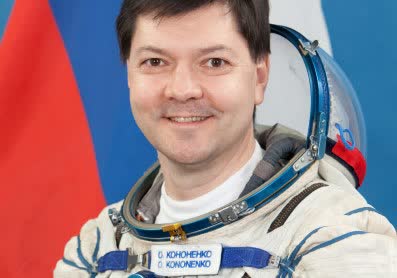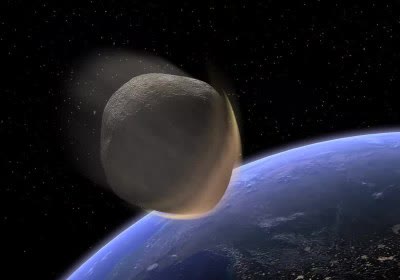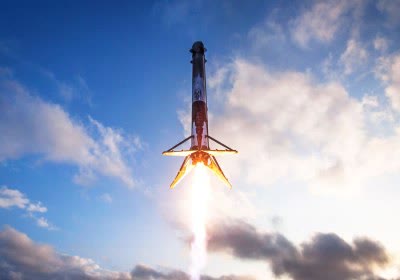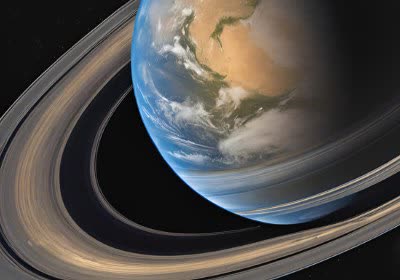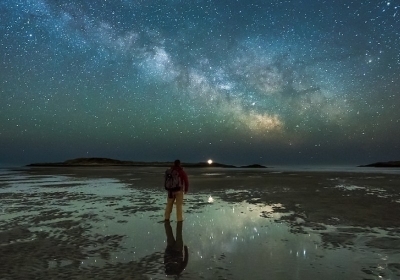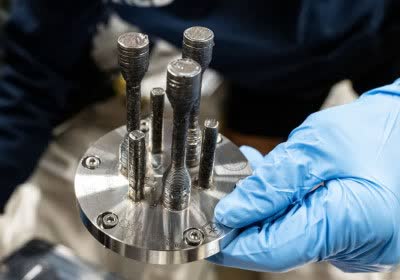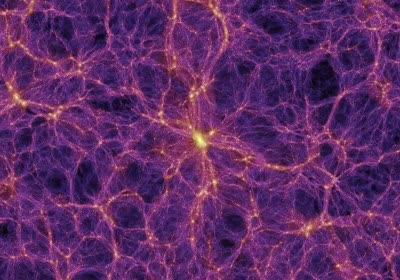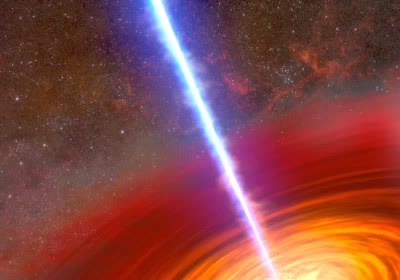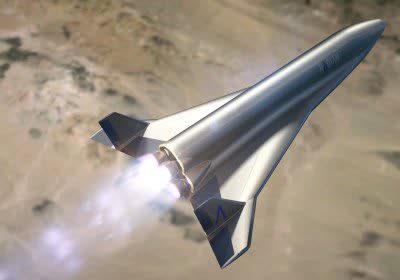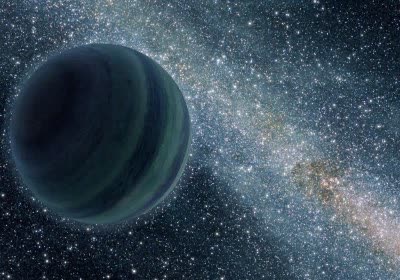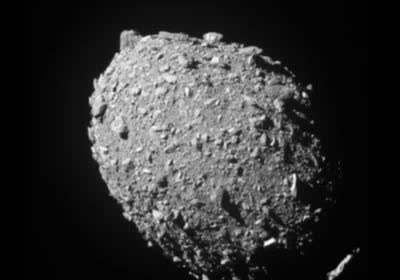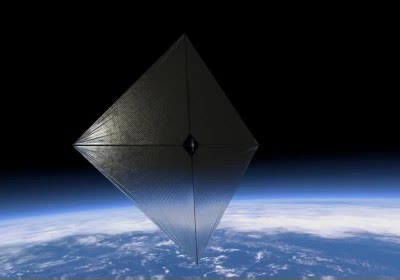Delayed by Hurricane Milton, NASA prepares Europa Clipper for journey to Jupiter's icy moon Europa
The voyage will span 1.8 billion miles over 5.5 years
In a nutshell: The Europa Clipper mission is an important step in our understanding of potentially habitable worlds beyond Earth. By studying Europa's composition, internal structure, and potential for hosting organic compounds, scientists hope to gain insights into the prevalence of habitable environments in our solar system and beyond.
Stellar showcase: Webb spotlights dazzling super star cluster Westerlund 1
The biggest super star cluster in the Milky Way
NASA laser-based data transmission demonstrates serviceable internet 290 million miles from Earth
Scrolling Instagram should be a piece of cake for future Mars colonists
NASA powers down science instrument to conserve Voyager 2 power supply
NASA believes Voyager 2 can remain operational into the 2030s
Scientists discover that sand on Mars and the Moon can be turned into building blocks for space settlements
These bricks can also be used on Earth
Aliens could be driving themselves to extinction with climate change, study suggests
Advanced societies' energy needs may end up killing them
Scientists discover exoplanet orbiting Barnard's Star, just six light years from Earth
It orbits the star in just over three days and might have three neighbors
Starlink surges past 4 million subscribers as Musk's satellite empire grows
Starlink will help pay for Starship
China unveils sleek new spacesuit for ambitious 2030 Moon landing goal
Top-tier tech and fashion
European Space Agency mission will intentionally burn next satellite to collect reentry data
Over 36,000 tracked objects are currently orbiting Earth as space debris
Russian cosmonaut sets new record by spending over 3 years in space
Finally back on Earth, his record is unlikely to be beaten by NASA anytime soon
Scientists use explosive X-rays to test viability of nuking incoming asteroids
Spoiler alert: It works but testing on an actual asteroid might be needed
Why it matters: The concept of launching nukes into space to knock asteroids off course or destroy them completely may not sound foreign thanks to numerous sci-fi films popularizing it. But the lack of atmosphere in space nerfs nukes' power considerably, so the idea isn't so easy to pull off. Now, researchers at Sandia National Labs have come up with a new way to compensate for this shortcoming.
Dramatic drone footage captures failed Chinese rocket landing
The next attempt is planned for November
Earth may have once had a Saturn-like ring system, new evidence suggests
Findings could force a rethink of our planet's history
Beyond light pollution: Starlink satellites are also interfering with radio signals
Improved internet accessibility, but at what cost?
Researchers propose way to "see" gravity for the first time
Putting a face to the name
First 3D metal part printed in space is a breakthrough for future long-distance missions
The ESA becomes the first to print a metal part in a microgravity environment
First neutrino interactions detected at Fermilab: A step toward cracking the dark matter mystery?
The detector can see a whopping 7,000 neutrino interactions daily
In a nutshell: Neutrinos are the most abundant particles in the cosmos. In fact, an astounding 100 trillion of them pass harmlessly through your body every second. Because they rarely interact with other matter, they've earned the nickname "ghost particles." Yet, despite their abundance, they remain some of the trickiest particles to detect in the subatomic world.
NASA spots pair of supermassive black holes battling it out as their galaxies collide
A crisp image shows the cosmic bodies, which NASA describes as "two Sumo wrestlers squaring off"
Rocket-powered sleds poised to launch space planes into reality
A startup called Radiant is reviving NASA's abandoned space plane ambitions
Six rogue planets spotted by James Webb Telescope in nearby nebula
Planetary Delights: A rogue planet is an interstellar body with planetary mass that is not gravitationally bound to any "parent" star or star-like object. The exact process by which rogue planets form is still under debate, but recent observations made with the James Webb Space Telescope may help dispel some of the mysteries surrounding these elusive galactic wanderers.
Fiery meteor generates energy of 10 tons of TNT, shockwaves reach ground in North Carolina
Brilliant fireball travelling 31,000 mph broke apart with force of 10 tons of TNT
NASA solves 60-year atmosphic mystery, measuring Earth's ambipolar electric field
The half-volt electric field sends hydrogen ions into space at supersonic speeds
NASA's solar sailor successfully deploys its sail for fuel-free control
The craft will orbit Earth far above the ISS using only the power of the sun

